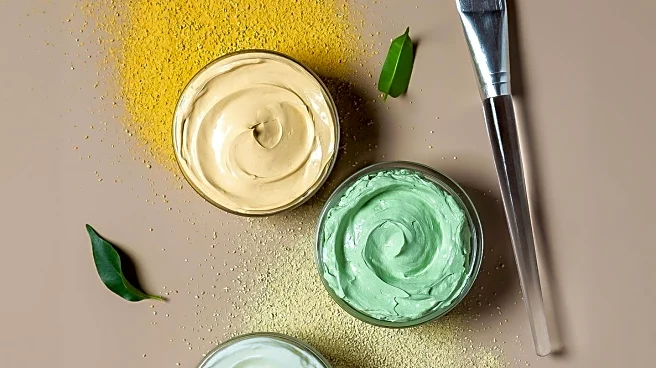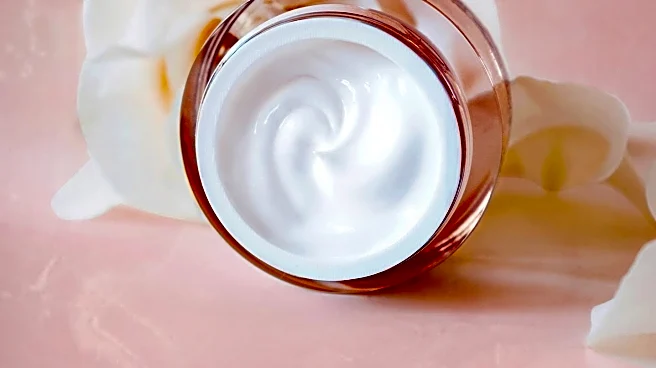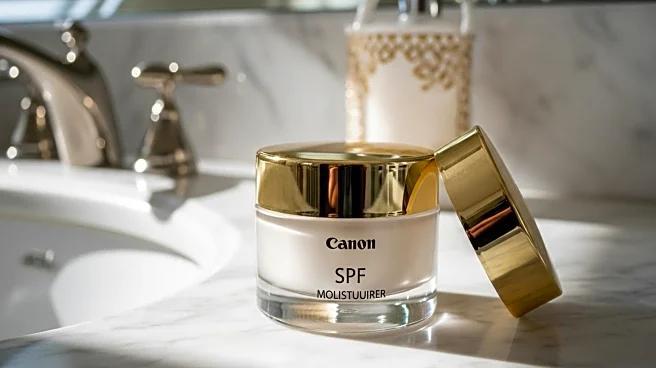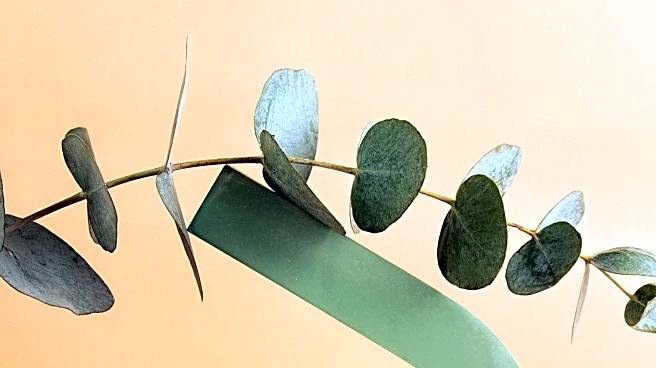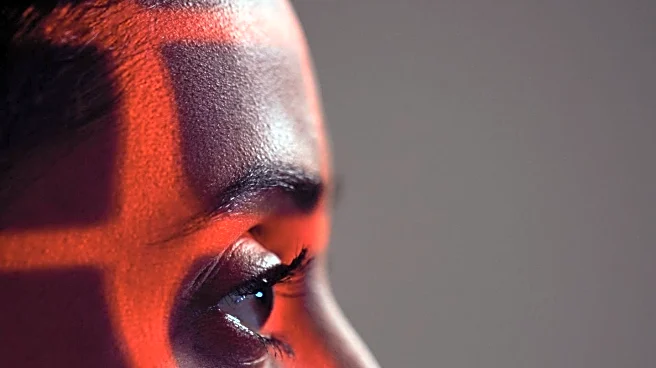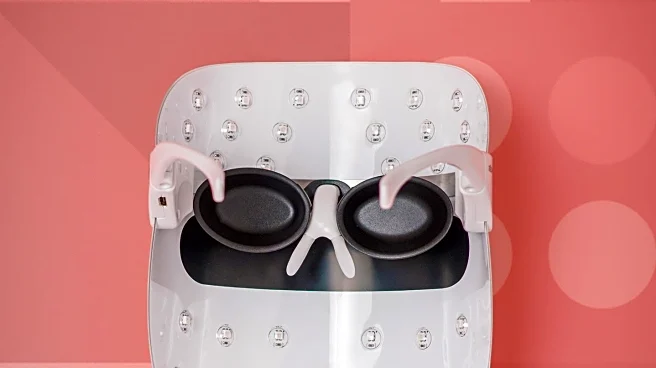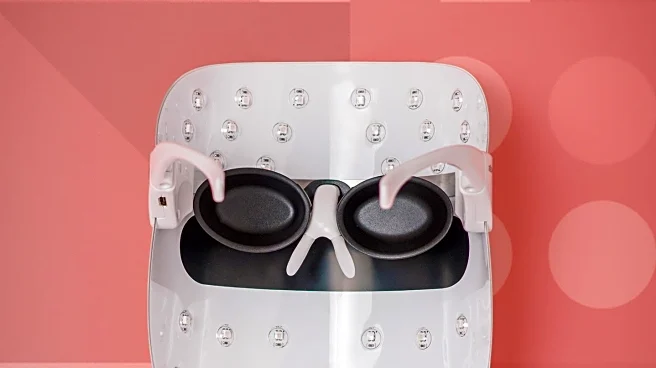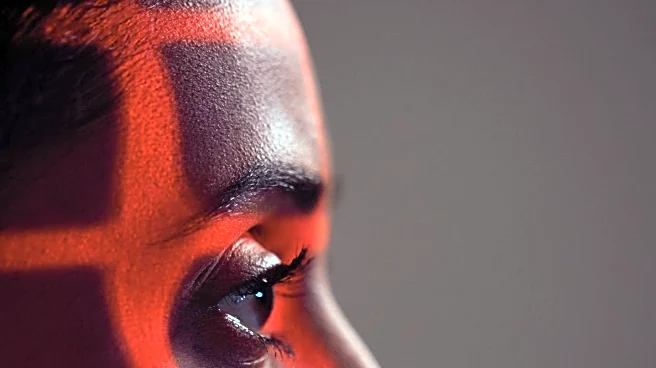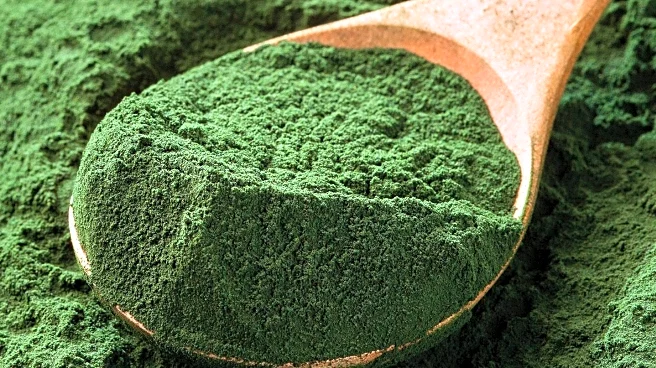What's Happening?
Red light therapy is gaining popularity as a potential anti-aging tool, with claims circulating on social media about its various health benefits. NPR's Short Wave podcast delves into the scientific research behind these claims, featuring insights from cosmetic chemist and science communicator Michelle Wong. The discussion highlights the current state of research, noting that while some benefits are supported by literature, many claims require further experimental validation. The episode aims to provide listeners with a clearer understanding of what red light therapy can realistically offer in terms of skincare and health.
Why It's Important?
The anti-aging market is a significant industry, valued at approximately $53 billion in 2024. As consumers increasingly seek effective skincare solutions, understanding the scientific basis of popular treatments like red light therapy is crucial. This exploration by NPR helps demystify the therapy's potential, guiding consumers in making informed decisions. The discussion also underscores the importance of evidence-based practices in the beauty industry, potentially influencing product development and marketing strategies.
What's Next?
Further research is needed to substantiate the claims surrounding red light therapy. As interest grows, scientific studies may expand, providing more comprehensive data on its efficacy and safety. This could lead to more refined products and treatments in the skincare market. Additionally, consumer education will continue to play a vital role, as individuals seek reliable information to navigate the plethora of anti-aging options available.
Beyond the Headlines
The rise of red light therapy reflects broader trends in consumer behavior, where individuals are increasingly turning to technology-driven solutions for health and beauty. This shift may prompt ethical considerations regarding the marketing of such products, emphasizing the need for transparency and accountability in claims made by manufacturers.

